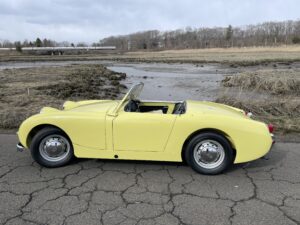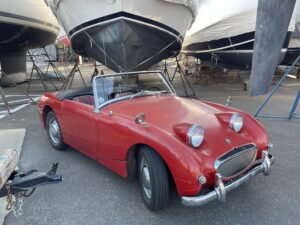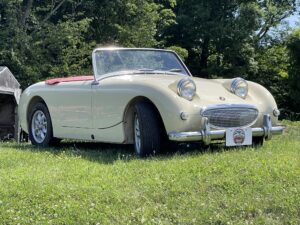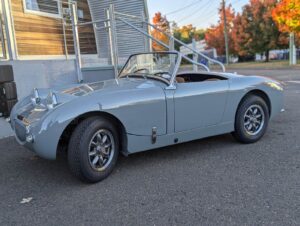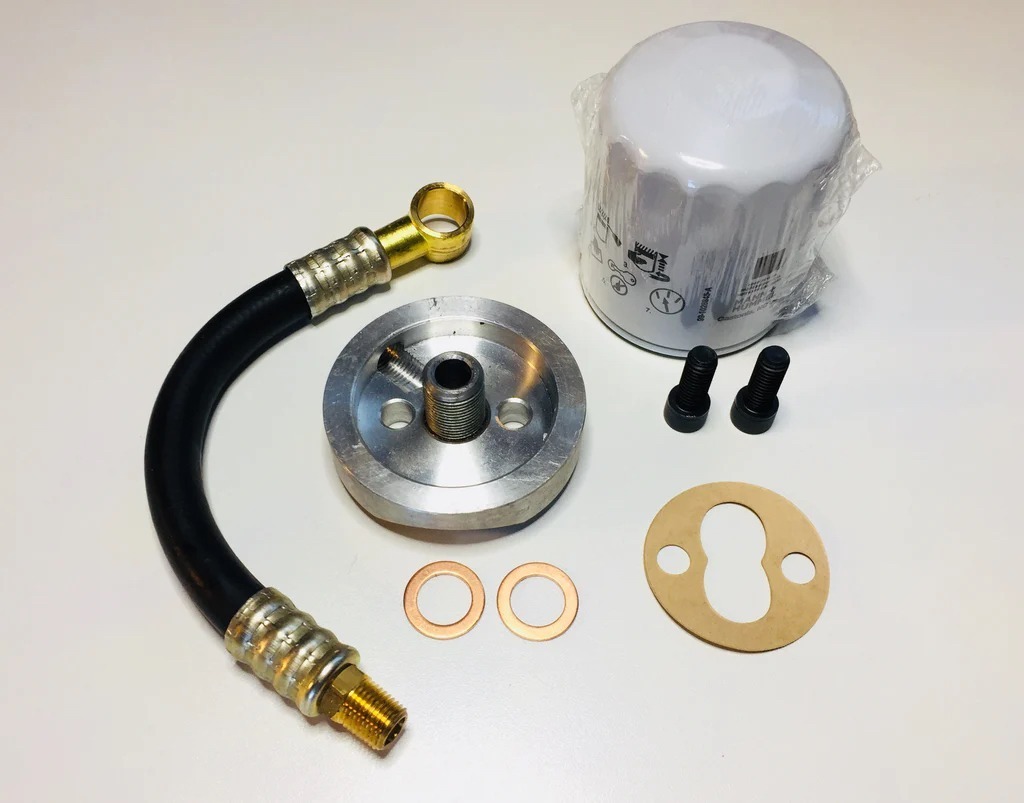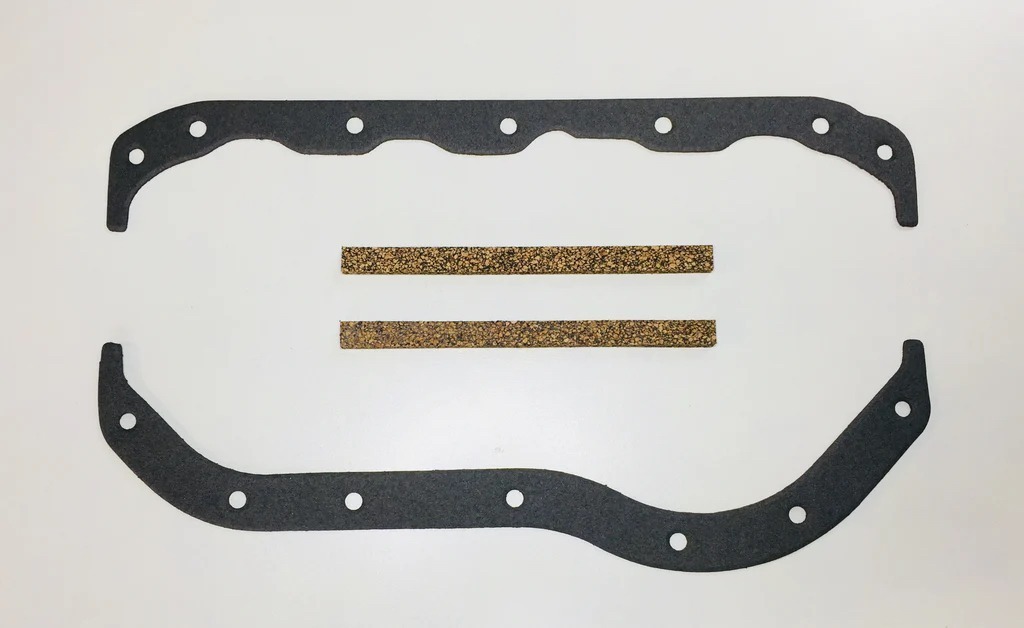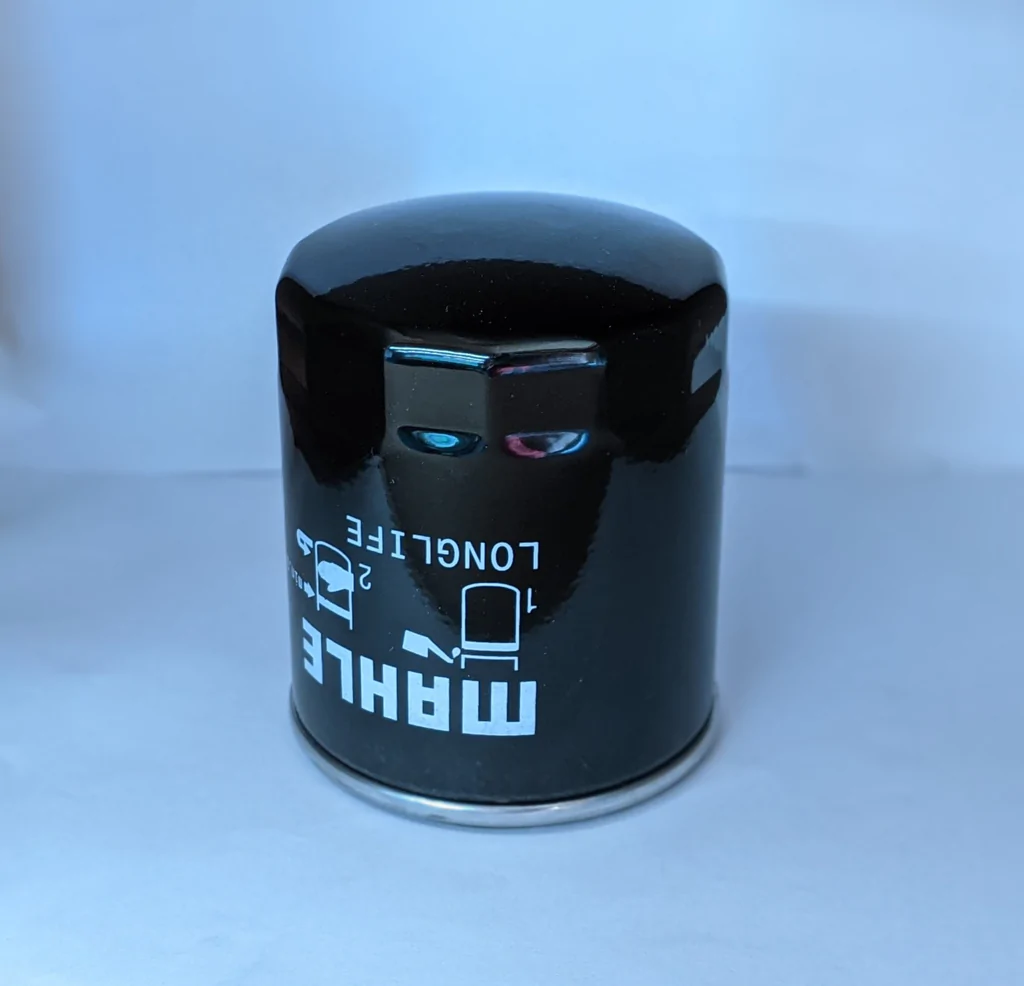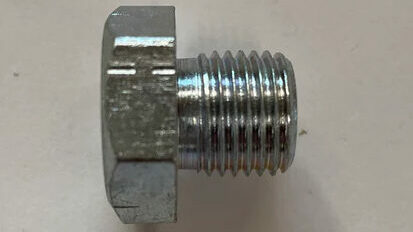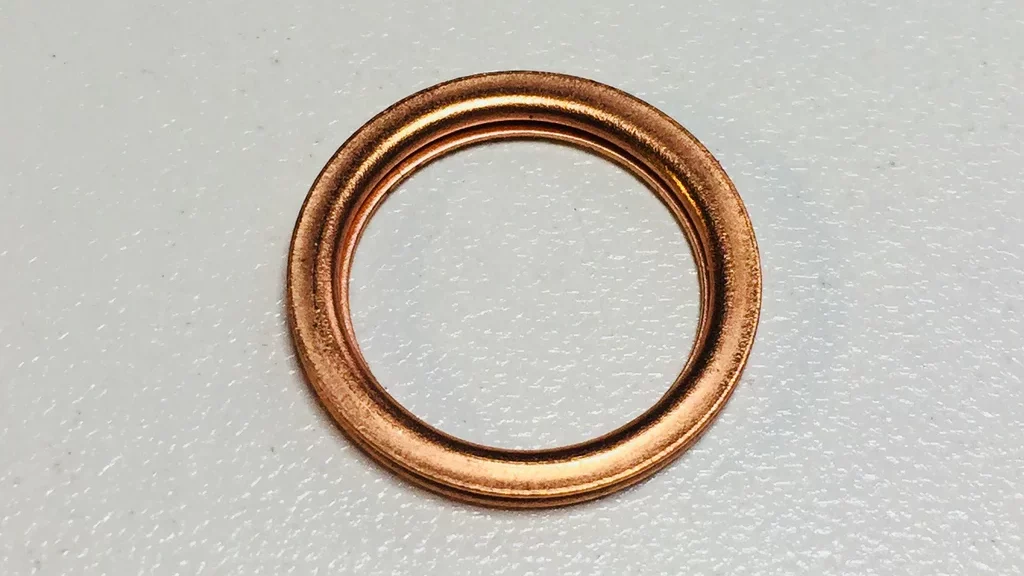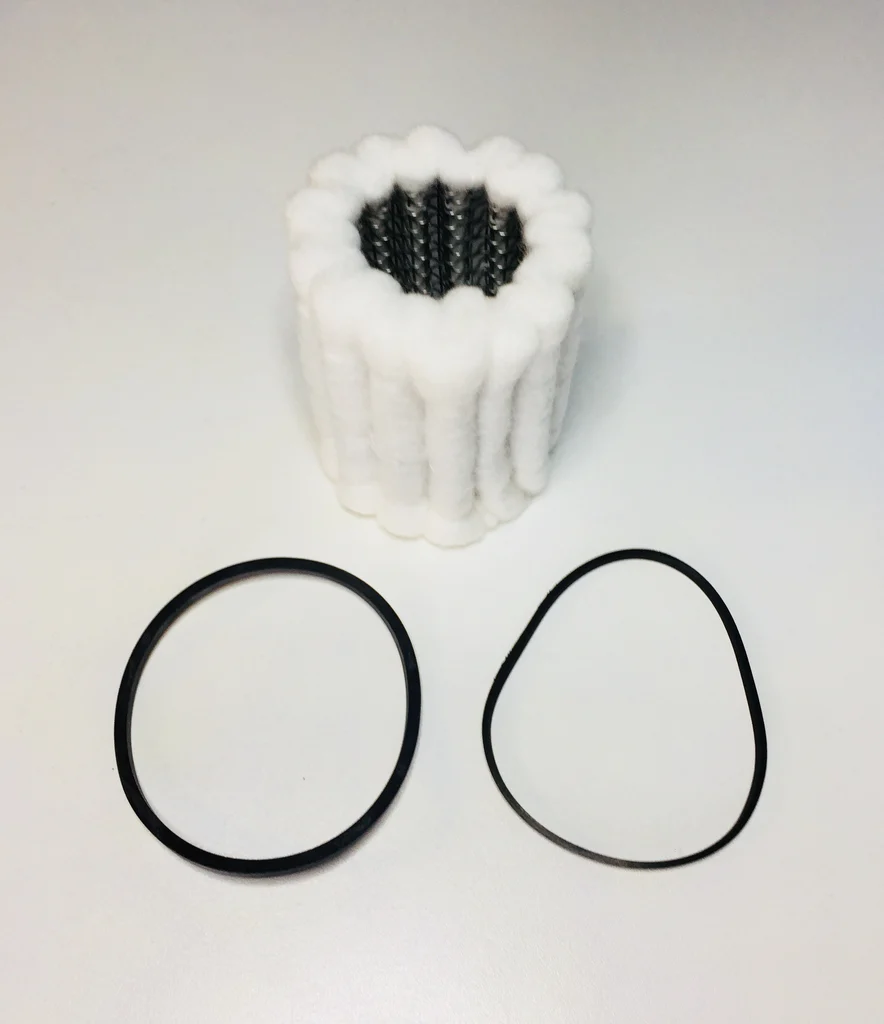With great concern, we announce that new data from the Center for Oil Leak Control in Washington, DC has alerted all restoration shops that the Castrol-19 virus has mutated into a new variant that can penetrate steel! Please be aware and use caution when handling your Spridget; make sure to wear rubber gloves when approaching your garage floor, or otherwise stay six feet away of any new puddles that form!
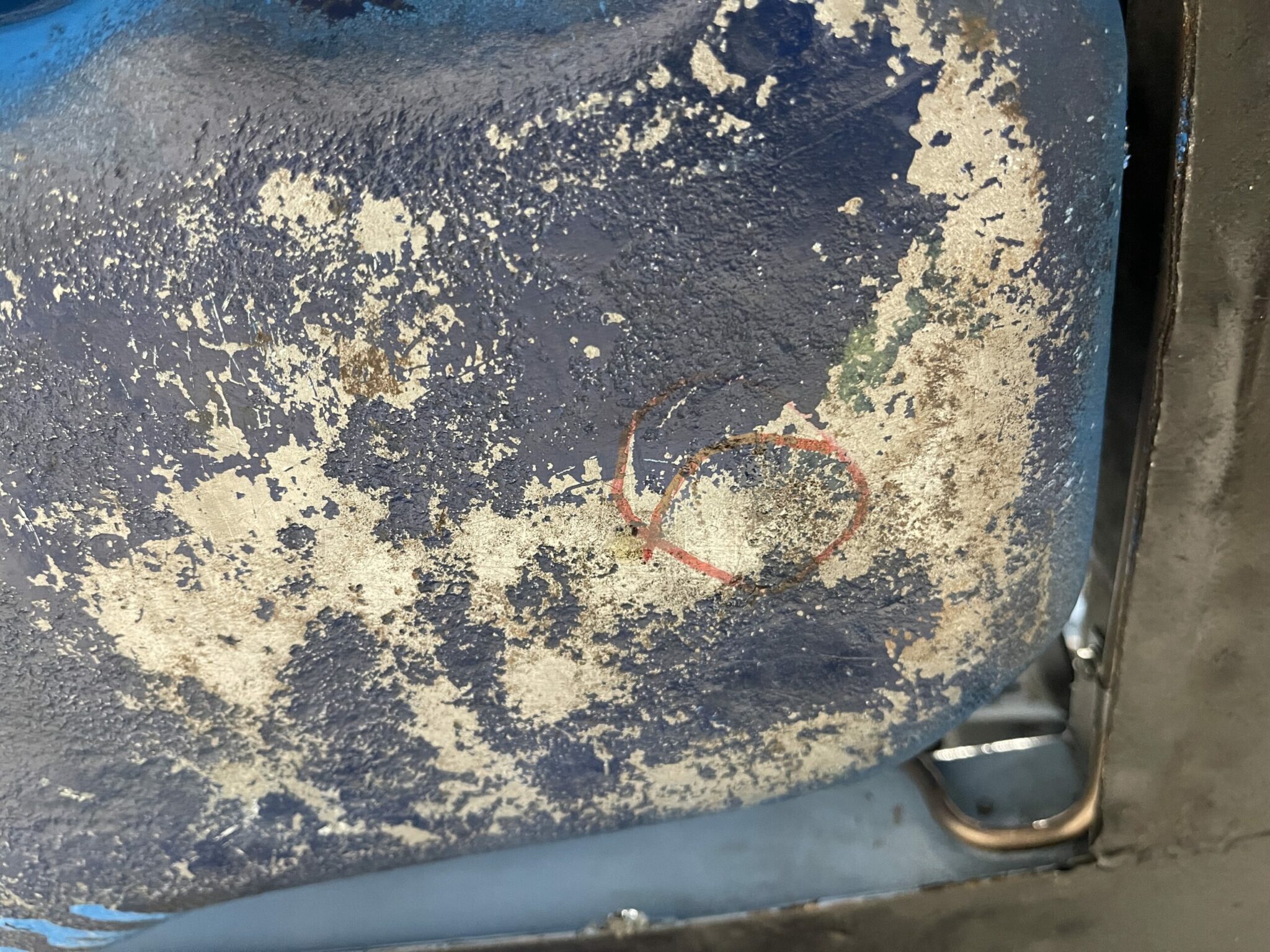
Today’s post is actually about an engine we have in our shop this week that had oil leaking directly through the steel oil pan (at least at first glance). We sometimes feel like we are fighting a war in our building, to stop leaks and fix broken things, (and it sometimes feels overwhelming), like when a resealed engine with a new sump gasket still leaks, but instead of leaking past a gasket, it’s leaking oil right through the steel.
“Fix my oil leaks,” demand customers!
We’re trying! And sometimes, well, when oil passes through steel, we all get a little bit squirrely, and as a result, we also get silly. (In reality, this oil pan has a small crack, which makes it look like oil is passing right through the steel.)
And how is it (actually) that oil passes through steel?
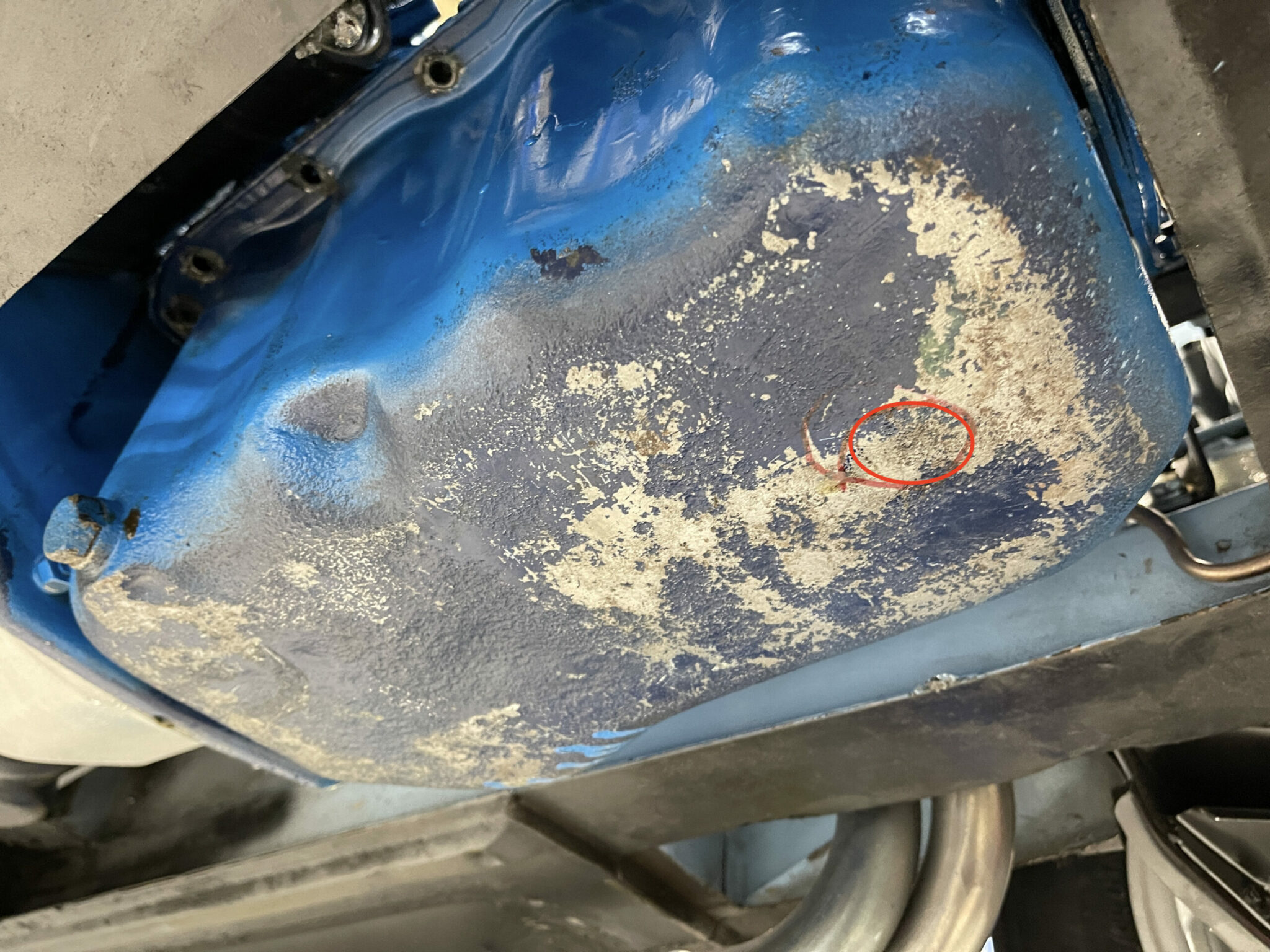
Moisture sits on the bottom of oil pans (and fuel tanks) and rusts steel, and that contributes to what you see here today.
Moreover, in the case of this engine, it appears that it was sitting on a wet concrete floor for God knows how long– you can see the pits in the steel on the bottom of the oil pan that indicate a previous moist slumber. And after such a humid bath that would pit steel, then slide an engine around the garage floor, thereby abrading the oil pan, or spin it around on the workbench a few revolutions during a rebuild and further chafe this thin steel oil barrier, and you can see how the oil pan itself comes under a fair bit of stress.
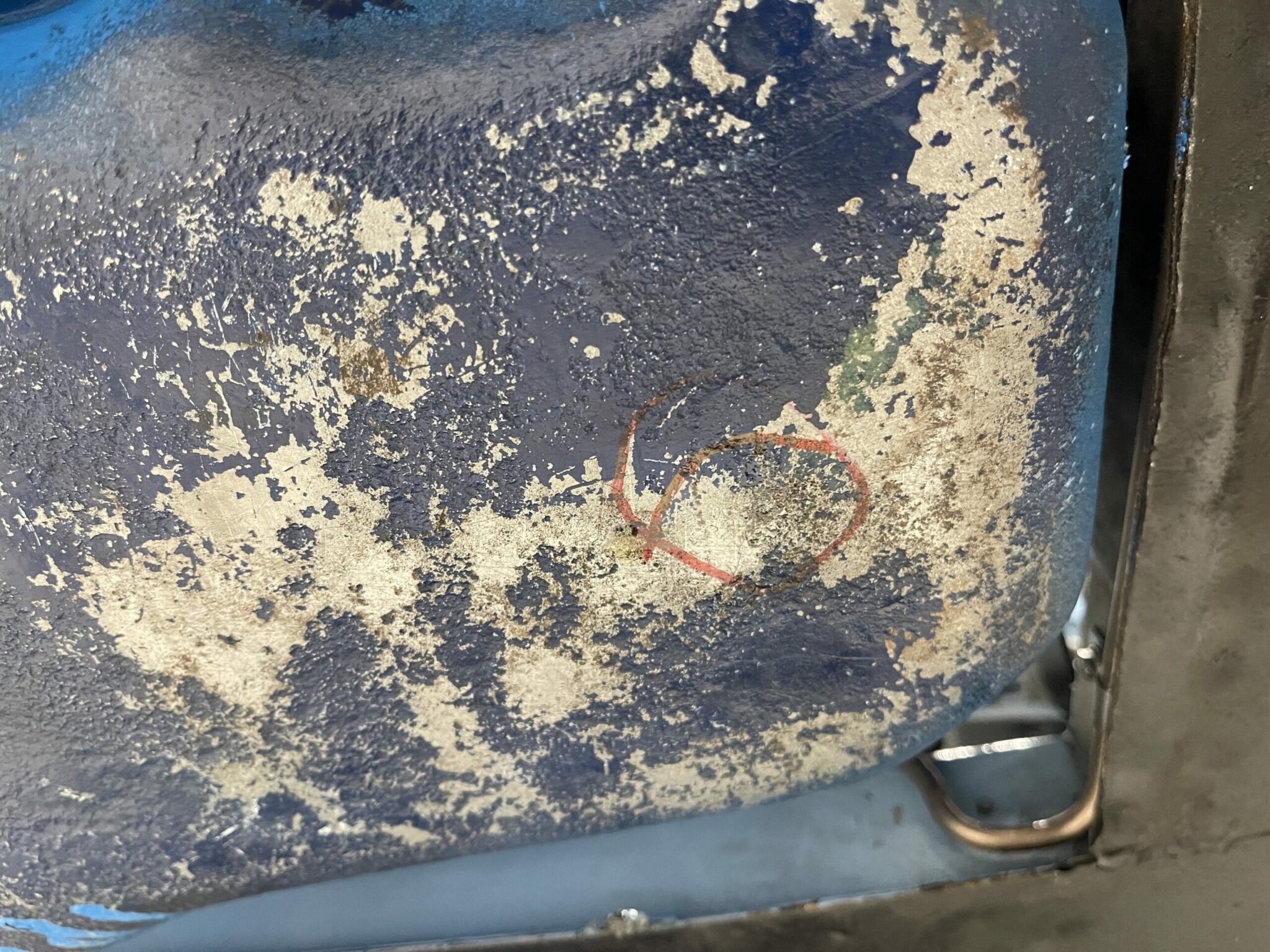
So that brings us to the photos shown here… photos of an engine in a car with oil leaking through steel; not from a seam or a gasket, but seemingly directly through the metal. Upon removal of the oil pan, you can clearly see the crack where the oil has been escaping.
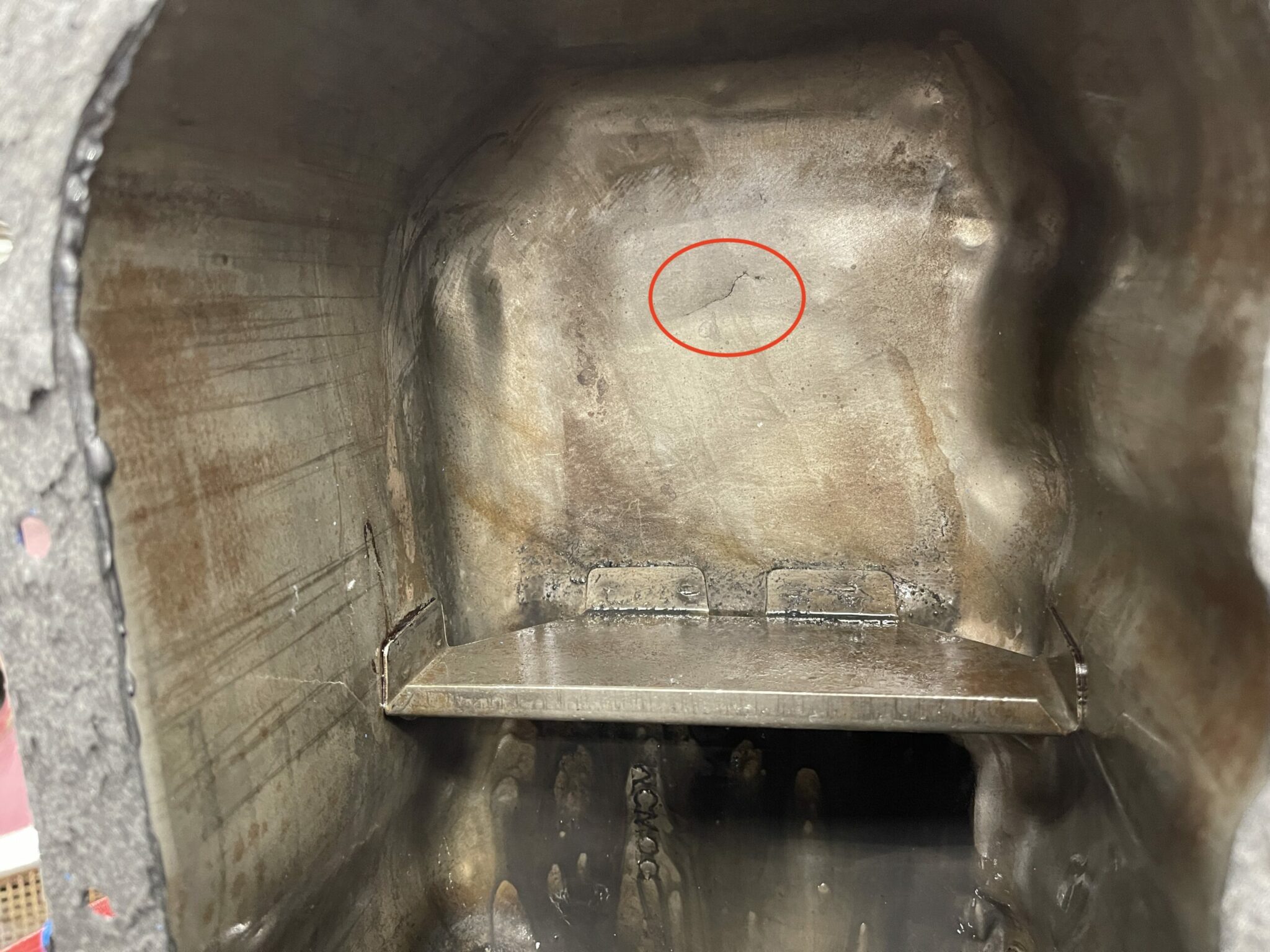
Ultimately, our only defense against the deadly Whitworth variant of Castrol-19 is to thoroughly check your oil pan before assembly and ensure there are no visible cracks or rust holes. Be mindful that cracks form where the baffle meets the steel pan more frequently than anywhere else, as the extra metal there creates a tension point at the spot weld. Not the case here, but make sure to choose your pan wisely any time you have it off.
We have an inventory of used 948 oil pans if you need one, should anyone in your household detect this contagious variant! And while you are working around the oil pan, be sure to check out the items below from our parts catalog to get your oil system in tip-top shape!




